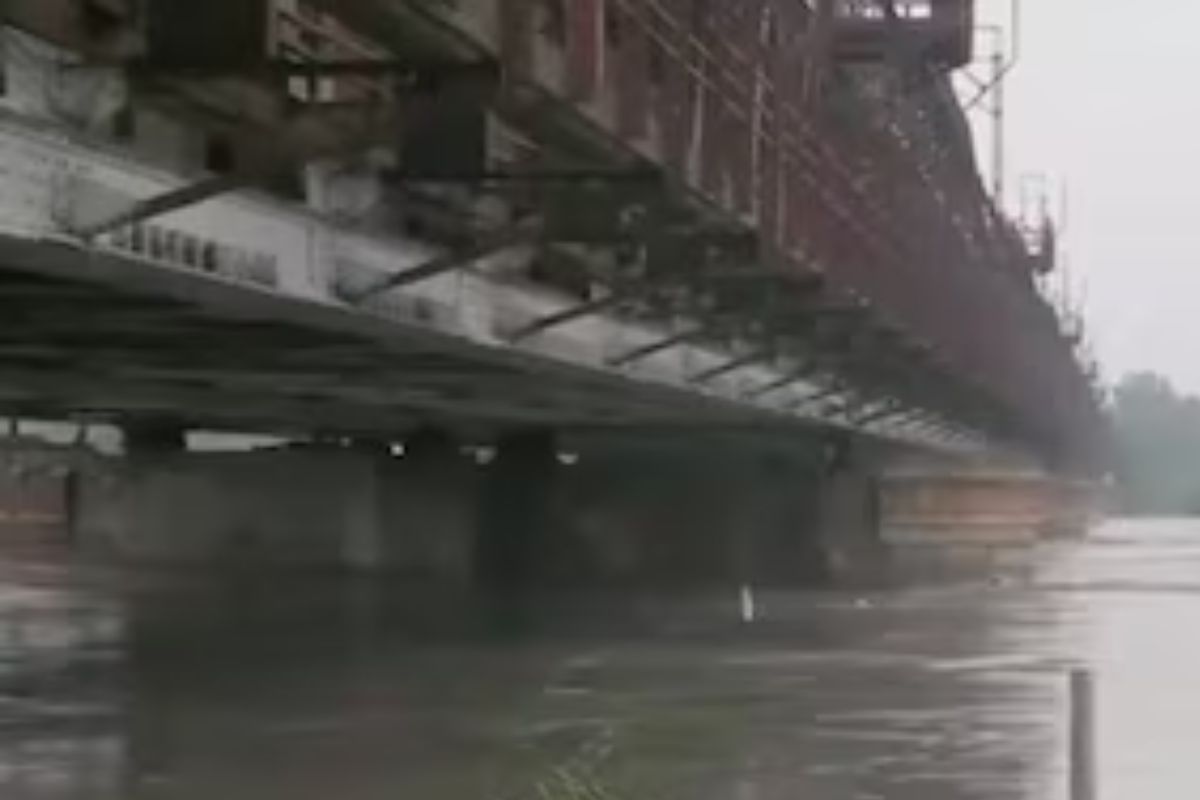A total of 16 control rooms, including the Central Control Room, have been established this year by the Delhi government in the city to constantly monitor flood-prone areas, including the water levels of the Yamuna.
The city government has released the “Flood Control Order 2023” to prevent waterlogging issues during the monsoon in Delhi.
Delhi Revenue Minister Atishi, who released the “Flood Control Order 2023” for the Flood and Irrigation Control Department and the Public Works Department (PWD), instructed officials to keep the departments concerned on high alert and be prepared to handle emergencies during the monsoons.
She emphasised the need for all nodal agencies to work together to prevent issues like waterlogging or floods during this time.
Regarding preparations for potential floods due to the rise in Yamuna water levels in the Khadar areas, Atishi directed officials to check and ensure the readiness of all tools used in relief and rescue operations, and to establish solid arrangements for safely relocating people to secure locations during flood situations.
“This year, a total of 16 control rooms, including the central control room, have been set up across Delhi to monitor flood-prone areas, including the water levels of the Yamuna, and to alert the relevant agencies when necessary, Atishi said.
She instructed officials to keep their teams on alert and prepared to handle emergencies during the monsoon so that the people of Delhi do not face any problems.
The Delhi Revenue Minister ordered that all tools used in relief and rescue operations be checked, and proper arrangements be made to safely relocate people to secure locations in flood situations in the Yamuna Khadar areas. She also emphasised the need for the PWD and other departments to ensure that there is no waterlogging in Delhi during the rainy season. This includes conducting inspections of all permanent pump houses and deploying mobile pumps in waterlogged areas.
The Flood Control Order includes all essential information related to flood control machinery, operational plans, water drainage systems, river embankments, regulators, pumping stations, and other relevant details. It also includes contact numbers for control centres of all nodal agencies and necessary information for active participation, coordination, and collaboration among relevant agencies and departments to effectively tackle the dangers of floods.
Advertisement
